- 01 What Is Body Acne?
- 02 Body Acne Causes – Why It Happens
- 03 Lifestyle & Hygiene Triggers That Cause Body Acne
- 04 Body Acne Treatment: Dermatologist-Approved Options
- 05 Active Ingredients You Should Know
- 06 Home Remedies for Body Acne (Gentle & Safe Methods)
- 07 Is Body Acne Treatment Safe for All Skin Types?
- 08 When to See a Dermatologist
- 09 Final Thoughts
- 10 FAQs
It's often more stubborn and widespread than facial breakouts, making a targeted treatment plan essential. Fortunately, dermatologists have clear, evidence-based strategies to tackle those frustrating spots on your back, chest, and shoulders.
01What Is Body Acne?
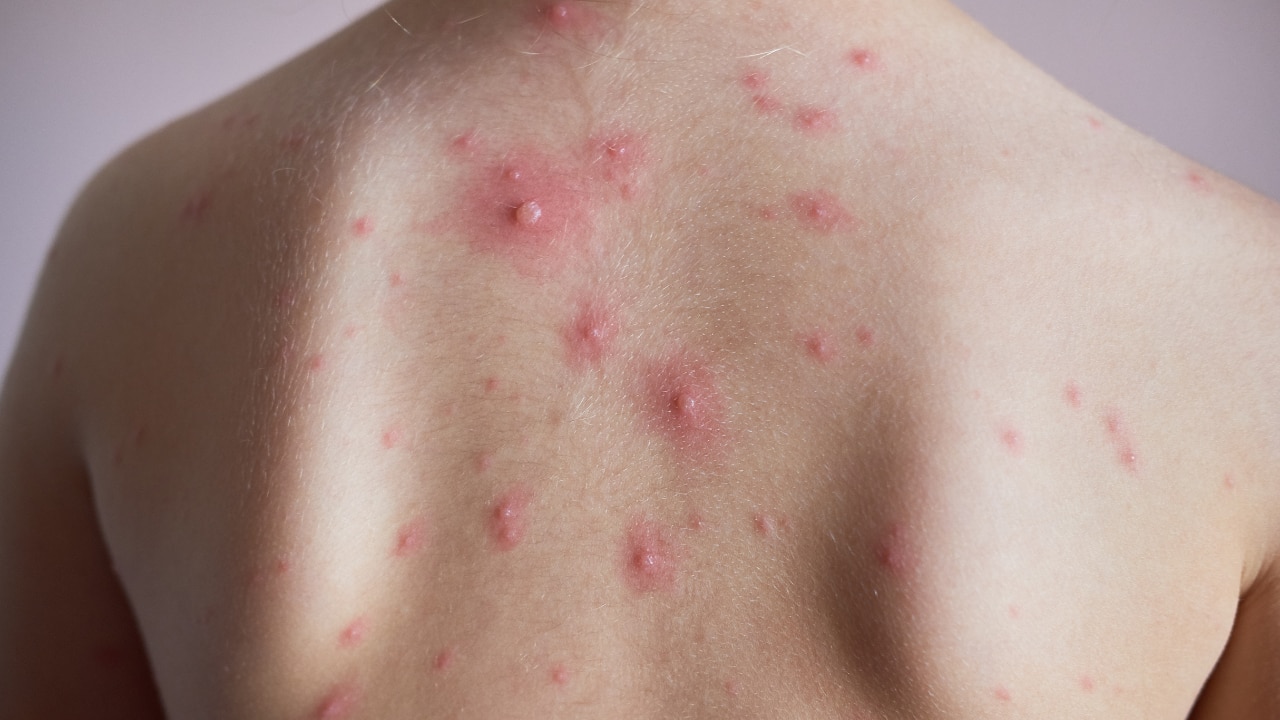
Body acne is essentially the same condition as facial acne: a chronic inflammatory skin disorder caused by the clogging of hair follicles with dead skin cells and oil (sebum). This blockage creates an ideal environment for the Cutibacterium acnes bacteria to thrive, leading to inflammation and the formation of spots like pustules, papules, blackheads, and cysts.
The primary difference between body acne and facial acne lies in the skin itself. The skin on the body, especially the back and chest, tends to have larger pores and more sebaceous glands (oil-producing glands) than the face. It's also subjected to more friction, sweat, and occlusive clothing, which often makes body acne harder to control and contributes to more severe or deeper lesions.
02Body Acne Causes – Why It Happens
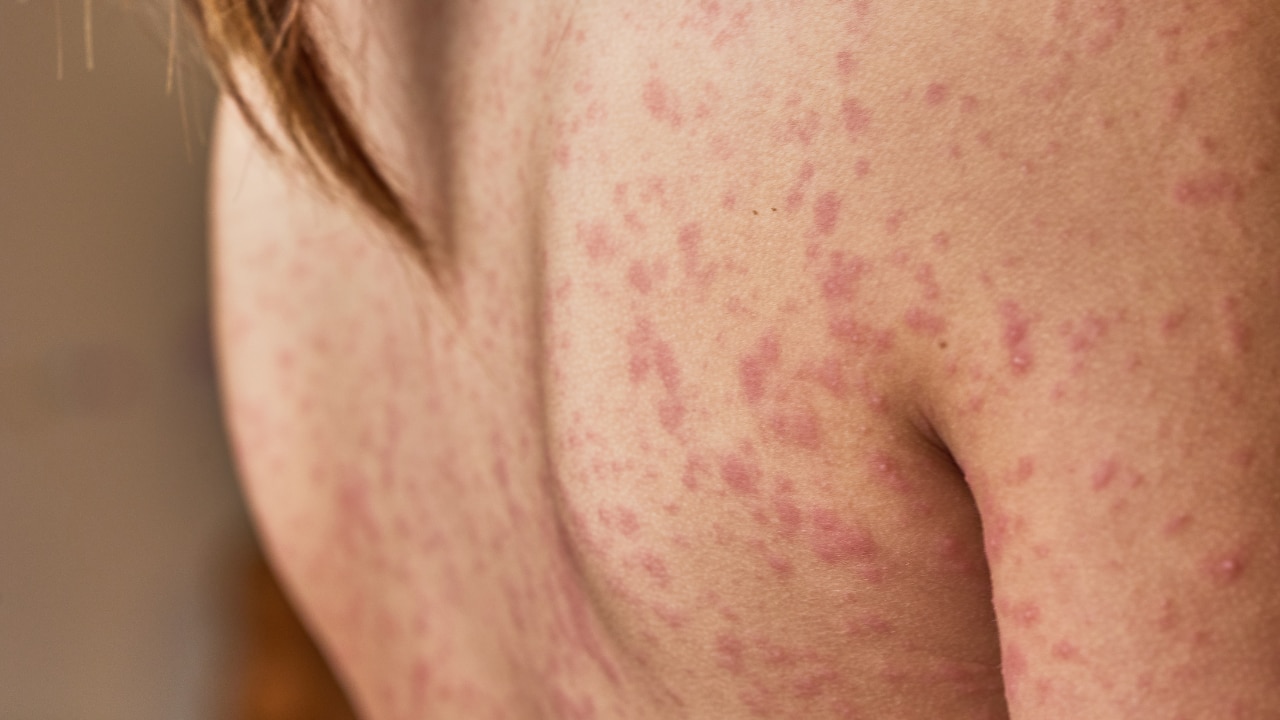
Understanding the root cause is the first step in learning how to remove body acne. The main drivers are a combination of internal and external factors:
- Excess Sebum Production: Overactive oil glands produce too much sebum, which mixes with dead skin cells and clogs the pores. This is often driven by hormonal changes.
- Hormonal Fluctuations: Changes in androgen hormones (common during puberty, menstruation, pregnancy, or in conditions like PCOS) stimulate the sebaceous glands, making this a key factor in many body acne causes.
- Genetic Predisposition: If your parents or close relatives had body acne, you are more likely to develop it, suggesting a strong hereditary link.
- Dead Skin Cell Buildup: The natural shedding process of skin cells can sometimes become impaired, leading to a buildup that traps oil and bacteria within the hair follicle.
- Acne-Causing Bacteria: The naturally occurring C. acnes bacteria multiplies rapidly in the clogged, oily follicle, triggering an inflammatory immune response that results in visible spots.
03Lifestyle & Hygiene Triggers That Cause Body Acne
To effectively learn how to get rid of body acne, you must address everyday habits that exacerbate the condition.
- 'Bacne' from Sweat and Friction:
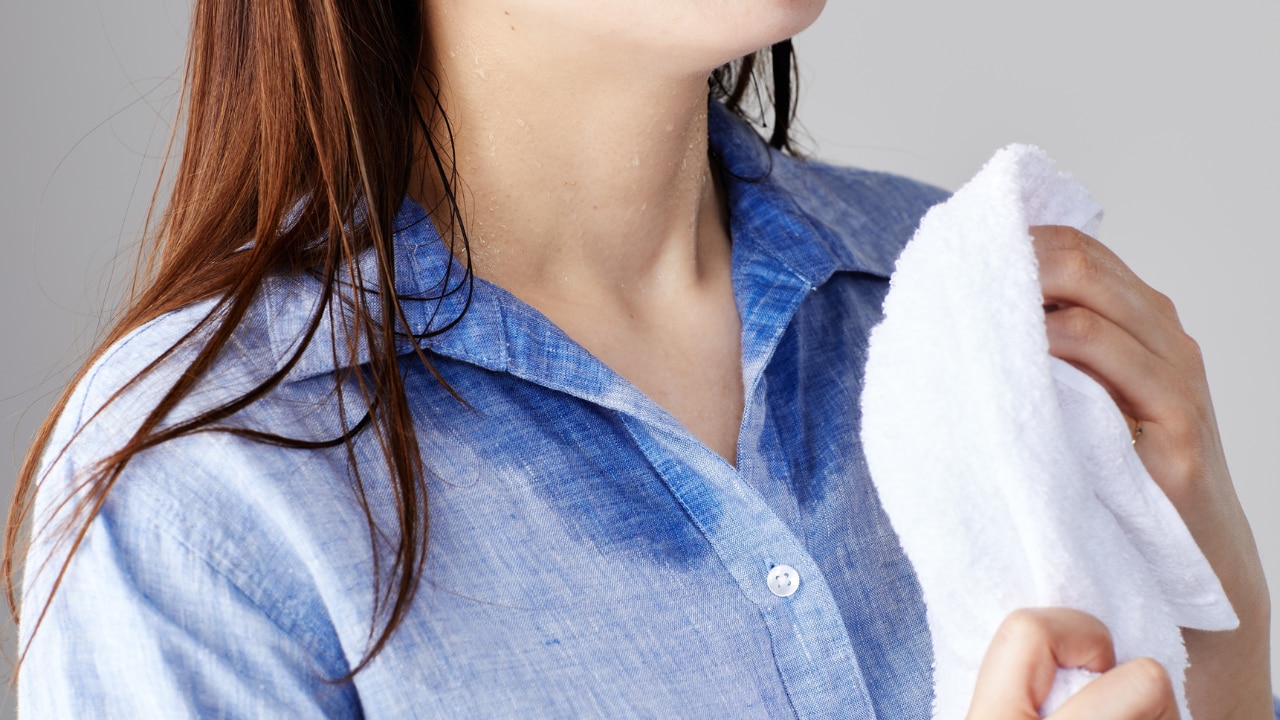
Tight-fitting clothes, especially workout gear, trap sweat, heat, and bacteria against the skin. Always shower and change out of sweaty clothes immediately after exercise.
- Occlusive Products:

Heavy, oil-based moisturisers, sunscreens, and hair conditioners can migrate onto the skin, clog pores, and should be swapped for non-comedogenic alternatives.
- Unwashed Bedding and Towels:
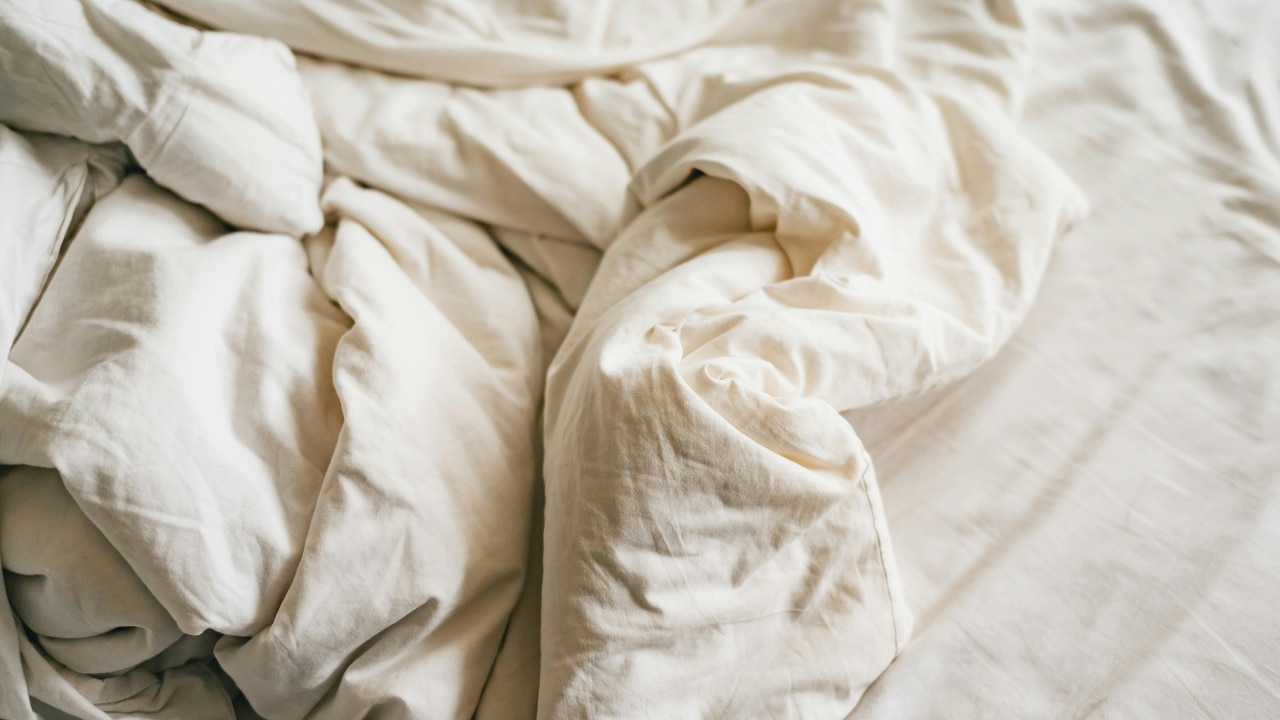
Pillowcases, sheets, and towels accumulate dead skin cells, oil, and bacteria. Change bedding weekly and use a fresh towel each time you shower.
- Physical Friction (Acne Mechanica):
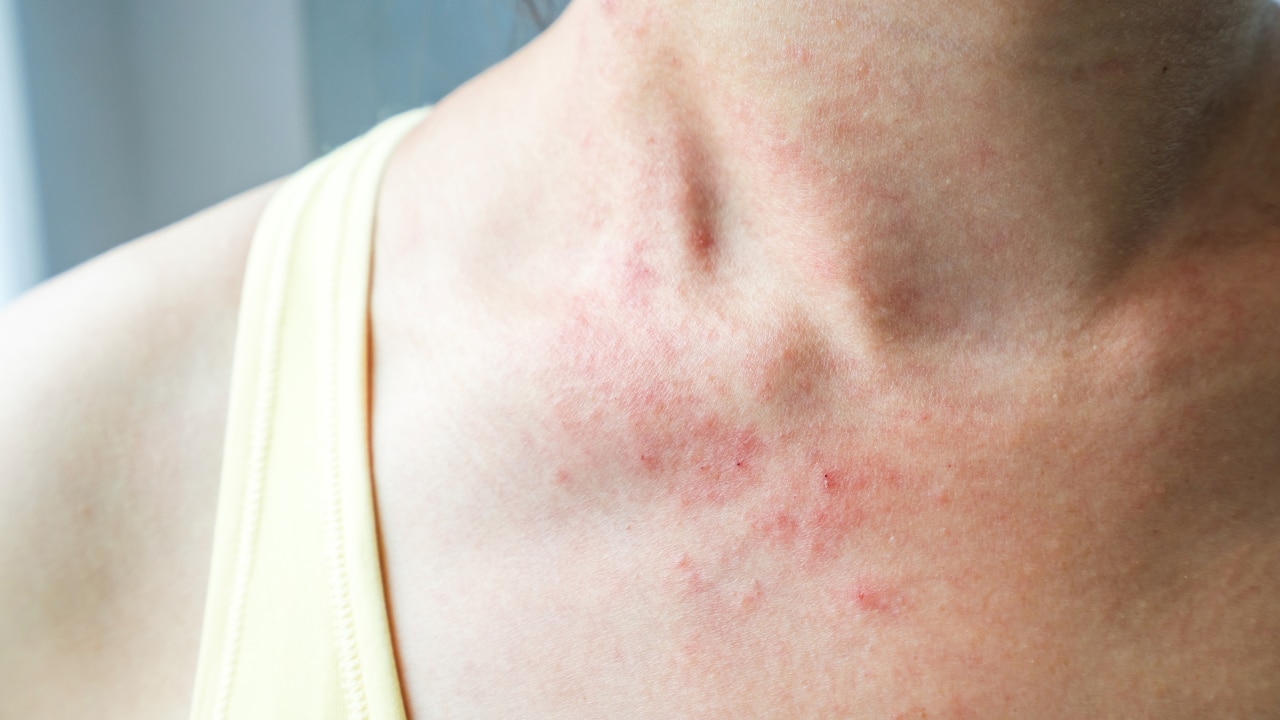
Backpack straps, sports pads, or abrasive scrubbing can irritate the skin and physically trigger breakouts in the areas of friction.
04Body Acne Treatment: Dermatologist-Approved Options
The body acne treatment plan focuses on decreasing oil, killing bacteria, and speeding up cell turnover.
- Medicated Cleansers and Washes: Start with a body wash containing a proven active ingredient. For instance, using a product like Dove Acne Clear Serum Bodywash with 1% Clearing Salicylic Acid Acne Treatment helps to exfoliate the skin's surface and deep clean pores, treating existing acne and preventing new spots.
- Topical Retinoids: Over-the-counter or prescription-strength retinoids (like adapalene) are crucial. They normalise skin cell turnover, preventing clogs, and have powerful anti-inflammatory effects.
- Benzoyl Peroxide: Available in washes or creams, this ingredient works by introducing oxygen into the pore, which kills the C. acnes bacteria. It's often recommended for inflammatory, pustular acne.
- Oral Medications: For severe, widespread, or cystic body acne that doesn't respond to topical treatments, a dermatologist may prescribe oral antibiotics to reduce inflammation, or in some cases, Isotretinoin (a strong vitamin A derivative).
05Active Ingredients You Should Know

These are the key actives dermatologists rely on for an effective body acne treatment:
- Salicylic Acid (BHA): An oil-soluble exfoliant that penetrates deep into the pore lining to dissolve clogs. It is excellent for all types of body acne, including blackheads and whiteheads.
- Benzoyl Peroxide: A potent antimicrobial and anti-inflammatory agent. Use with caution as it can bleach fabrics.
- Alpha Hydroxy Acids (AHAs) (e.g., Glycolic Acid): Water-soluble exfoliants that help to shed surface dead skin cells, improving texture and aiding in the fading of post-inflammatory marks, an important step for how to remove body acne scars naturally.
- Retinoids (Vitamin A derivatives): Essential for regulating skin growth and preventing pore blockages.
06Home Remedies for Body Acne (Gentle & Safe Methods)
While not a substitute for medical treatment, these gentle practices can support your primary body acne treatment and help the skin heal.
- The Post-Workout Shower:
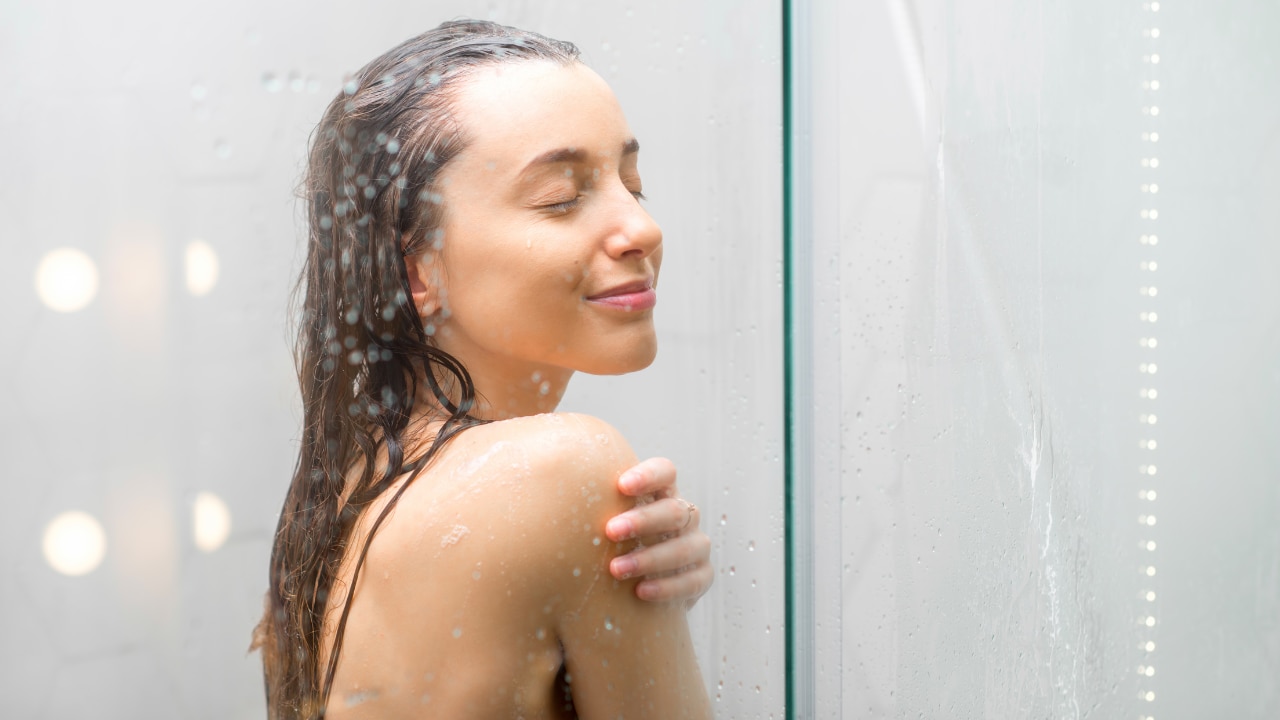
Showering immediately after sweating is the single most effective home remedy to stop bacteria and oil from setting into pores.
- Wear Breathable Fabrics:

Opt for loose-fitting, natural fibres like cotton over tight synthetic materials, which minimise trapping heat and friction.
- Non-Comedogenic Moisturisers:

If your skin is dry from active treatments, use lightweight, oil-free moisturisers to maintain the skin barrier without clogging pores.
- Target Scars with AHAs:
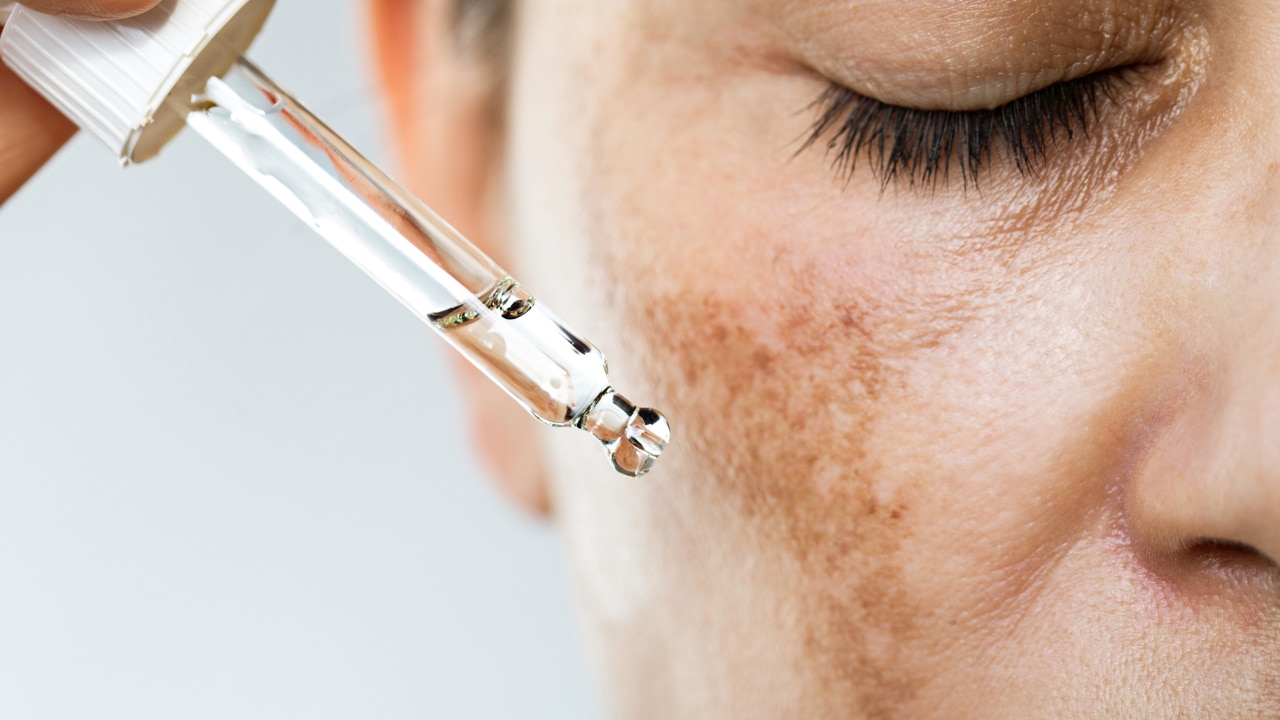
To effectively address how to remove body acne scars naturally, look for lotions or cleansers with glycolic or lactic acid to gently exfoliate and encourage cell renewal.
07Is Body Acne Treatment Safe for All Skin Types?
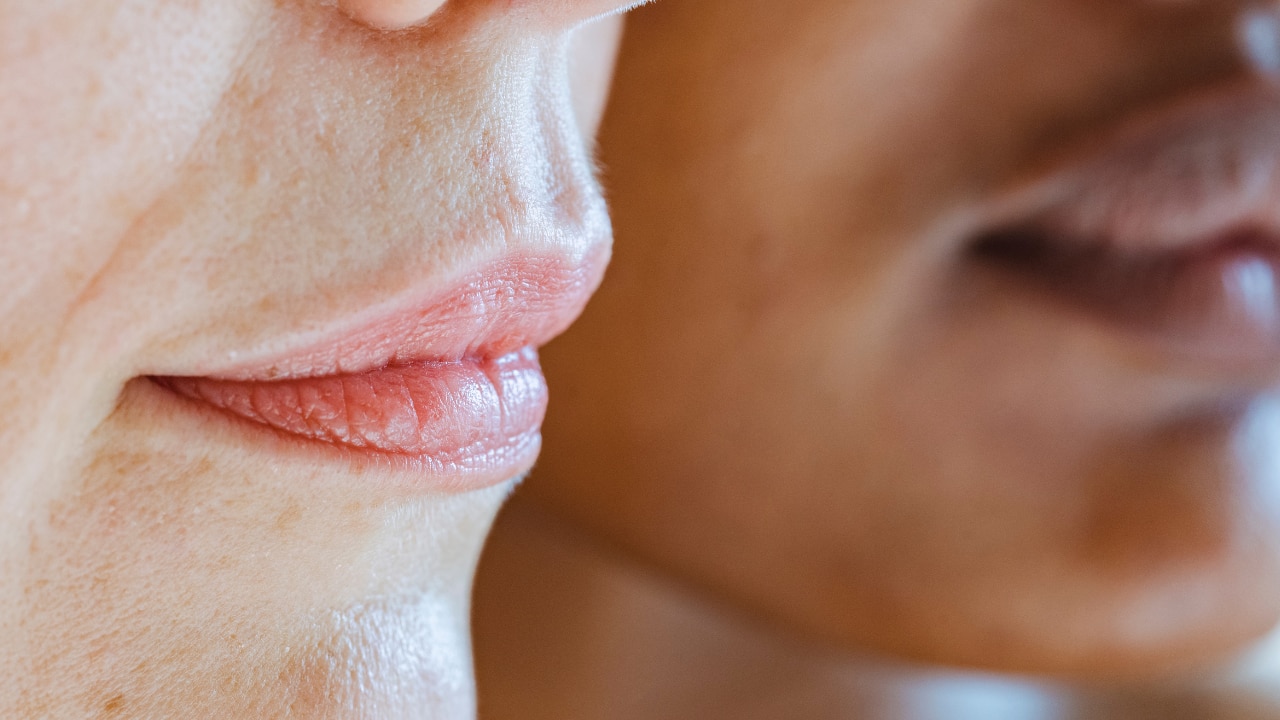
An effective treatment should always be tailored to your specific skin needs to ensure safety and maximise results.
For Oily Skin
Oily skin types generally tolerate stronger concentrations of actives like Benzoyl Peroxide and Salicylic Acid, which are essential for controlling excess sebum and deep cleaning pores.
For Dry or Sensitive Skin
Start with lower concentrations of active ingredients (e.g., a body acne wash with 1% Salicylic Acid) and introduce them slowly. Focus on maintaining skin hydration with non-comedogenic moisturisers to prevent irritation and barrier compromise.
For Combination Skin
This type benefits from a targeted approach: apply stronger actives to oily, acne-prone areas (like the back) and use gentler, hydrating products on drier areas.
08When to See a Dermatologist
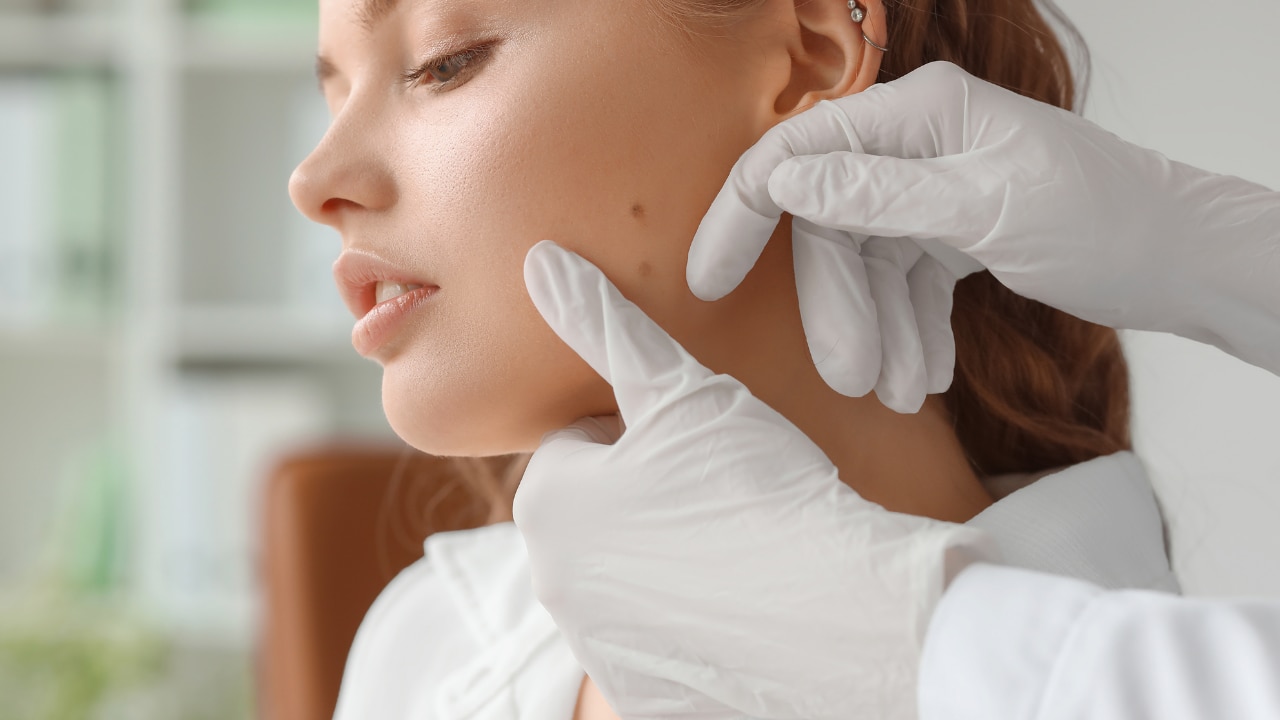
While many cases of body acne can be managed with dedicated over-the-counter routines, you should seek professional help if:
- Your Acne Is Cystic or Nodule: Deep, painful lumps indicate a severe form of acne that requires prescription medication.
- Over-the-Counter Treatment Fails: If you see no improvement after 6-8 weeks of consistent use of Salicylic Acid or Benzoyl Peroxide products.
- You Are Developing Scarring: Any signs of discolouration (hyperpigmentation) or indentations (atrophic scars) mean the inflammation is damaging the skin deeply.
- The Acne Is Affecting Your Mental Health: If your acne causes distress, low self-esteem, or affects your quality of life, it's time for professional intervention.
09Final Thoughts
Getting rid of body acne requires patience and consistency. By combining the power of proven active ingredients like Salicylic Acid–found in cleansers with smart lifestyle and hygiene adjustments, you can achieve clearer, smoother skin.
10FAQs
Q: How long does it take to see results from body acne treatment?
A: You should commit to any new routine for at least 6-8 weeks before assessing its effectiveness. Acne treatments work by normalising cell turnover, a process that takes time.
Q: Can sun exposure help clear up my body acne?
A: No. While a tan can temporarily mask redness, UV exposure actually worsens inflammation and can cause post-inflammatory hyperpigmentation (dark marks), making acne scars more noticeable. Always use a non-comedogenic SPF.
Q: Is it safe to scrub my body acne?
A: No. Harsh scrubbing or using abrasive physical exfoliants can irritate the skin, worsen inflammation, and spread bacteria, potentially leading to more severe breakouts and deeper scars. Stick to gentle cleansing and chemical exfoliation (like Salicylic Acid).
Q: What is the best way to address body acne scarring?
A: The best first step is to treat the active acne. For residual dark marks (post-inflammatory hyperpigmentation), look for ingredients like Niacinamide and AHAs. For depressed scars, you will need in-office procedures like chemical peels or laser treatments from a dermatologist.









